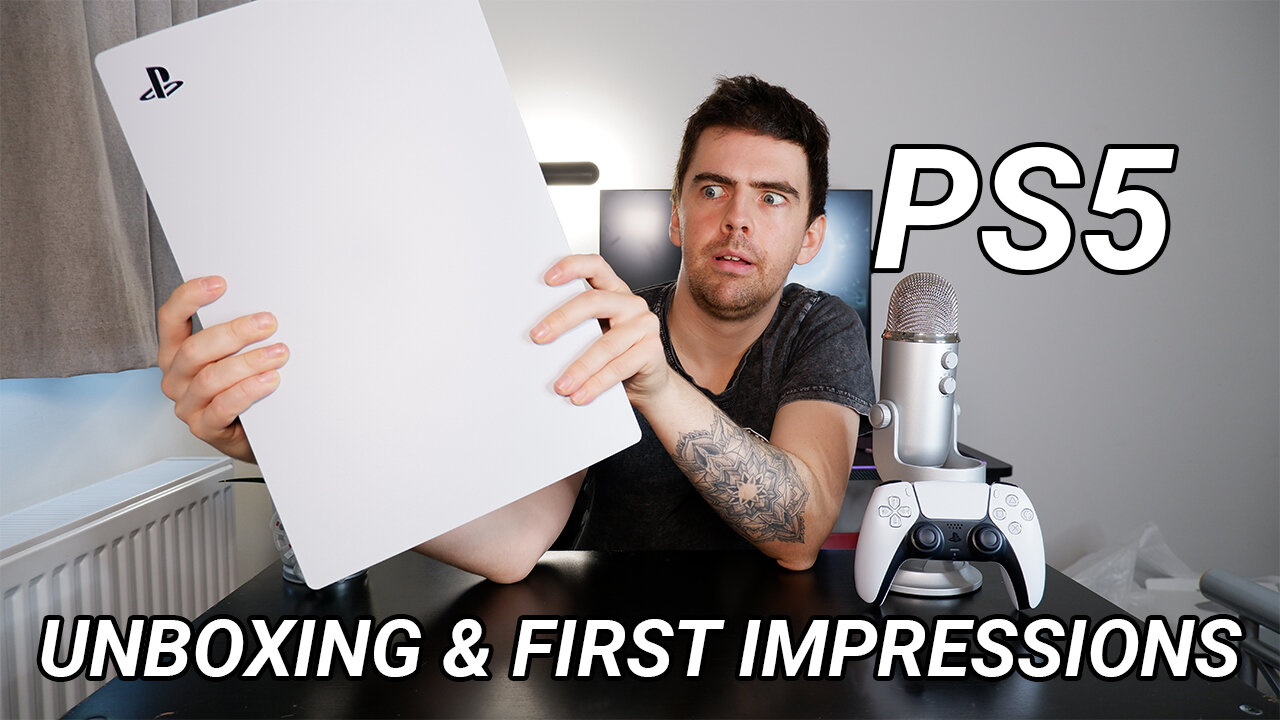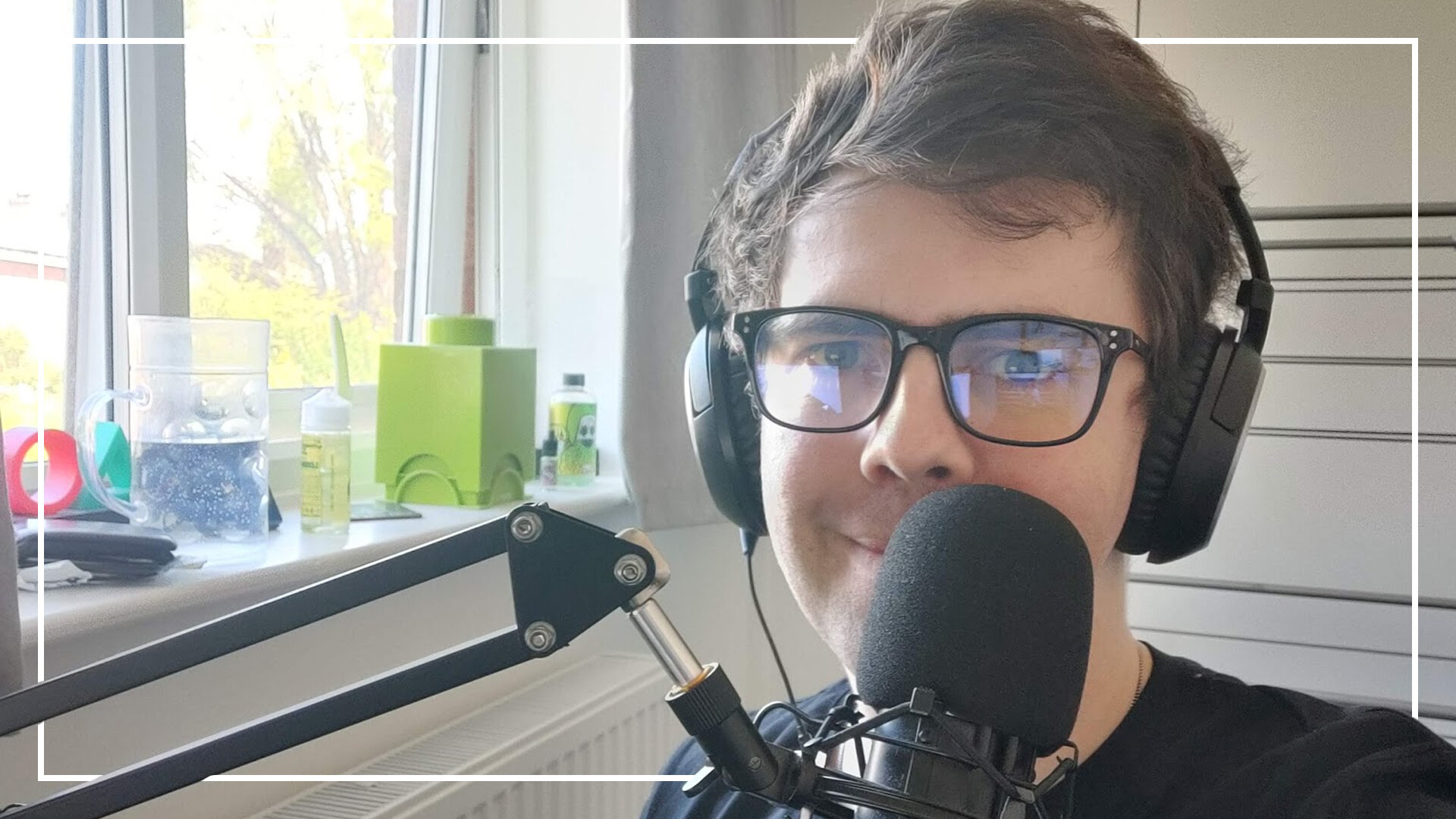Scientists Start Treating Paranoia With Virtual Reality
If you thought therapy was the only treatment for paranoia, think again. An Oxford University study has found that use virtual reality to put patients in situations they fear is a far more effective solution.
So how does it work? The patients are put into a virtual simulation of crowded situations they feel paranoid about (such as a crowded lift or underground train) for 30 minutes, and in this space they start to get over their fear – relearning they were a safe situation. Over time, the researchers will increase the amount of computer characters (‘avatars’) in the simulation to increase the “difficulty” of sorts.
Thirty patients who were getting treatment for paranoia at Oxford Health NHS Foundation Trust agreed to take part in this study, to see whether it would work. All of them initially felt the anxiety of being amongst such a crowd of people, as expected.
To really test the effectiveness, the patients were split into two groups and told a single instruction. One group were encouraged to use normal defence behaviours, comparing the treatment to “getting into cold water” – feels uncomfortable when you get in, but you get used to it after a while. The other patients were reassured it was a simulation and told to try and drop their defences to the situation. They were told it’s safe to approach other characters and stare at them.
So which one was better? Out of the two, the latter produced alarmingly amazing results as over 50% of these patients no longer had severe paranoia at the end of the test. But even 20% of the group who used their normal defence behaviours had kicked the paranoia.
“It’s not easy work for patients, since lowering defences takes courage. But as they relearned that being around other people was safe we saw their paranoia begin to melt away,” Professor Freeman, the study lead commented. “They were then able to go into real social situations and cope far better. This has the potential to be transformative.”
What’s in the future for this tech? It’s not really mentioned in the paper or Oxford’s release, but it’s clear VR is becoming a significant element in treating a number of psychological disorders. That safety net of knowing you’re dealing with a potentially anxious situation in a virtual space allows people to build self-confidence far easier.
Personally, I think it’s about time mental health disorders get taken seriously and finally begin innovative work in this area.












Alongside the scientists, 50% of the British public and the future health of young people across the nation, I have one simple request: delay Freedom Day, please.